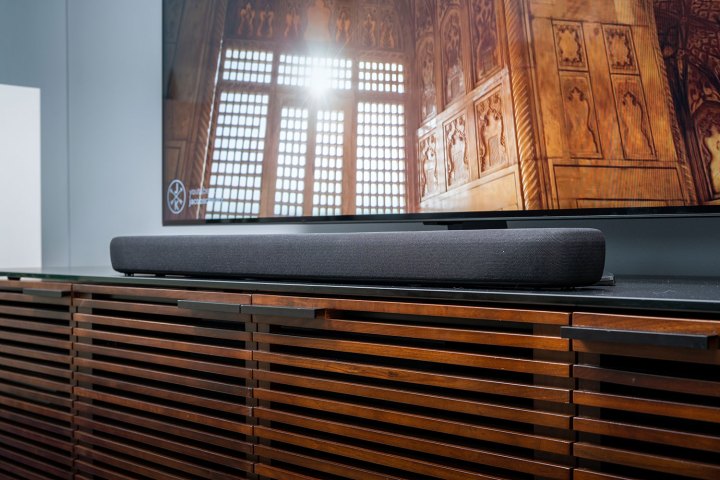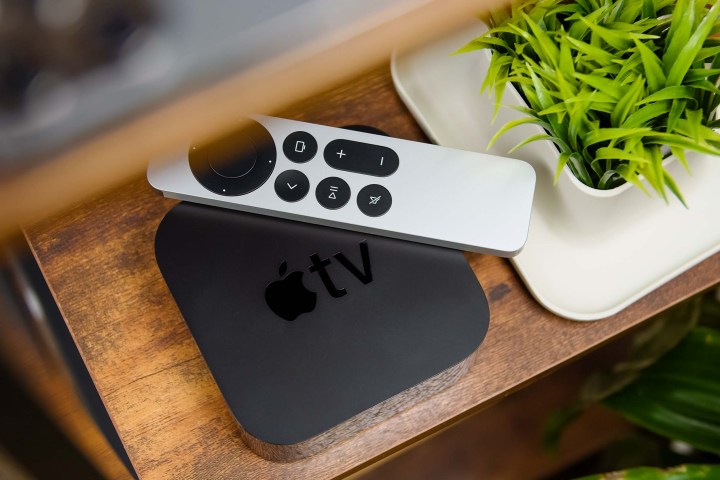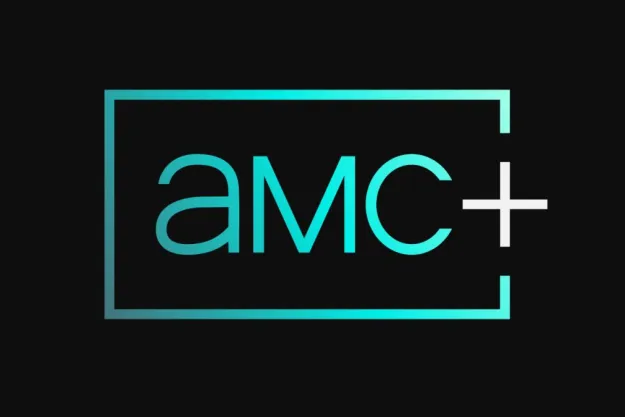Summer is officially here, and that means it’s time to break out the barbecue and light up the fire pit. If you’re really aiming to impress your friends and family and take your cookout to the next level, however, you can always set up a home theater right in your backyard. With projectors becoming cheaper and movies becoming more accessible than ever, this is the ideal time to have a backyard movie night.
If that sounds like the perfect way to spend your weekend, here is everything you need to turn your backyard into the ultimate outdoor venue.
Further reading
Projector

Needless to say, if you want to watch movies, you will need something to actually create the image. And while outdoor TVs are certainly getting better — Samsung just entered the fray, after all — we still recommend sticking with a tried-and-true projector. That said, which model is best for you depends on your situation and how vivid you want the image to be.
If you’re close to your house and don’t mind running some extension cables, you can probably opt for a traditional home theater projector, like the Optoma UHD50X or one of our other picks. Optoma’s offering boasts incredible color accuracy, easy setup, and budget-friendly pricing.
If you don’t want to deal with cables, getting a solid portable projector with good battery life is important. It’s easy to go cheap on a portable projector, but if you want solid image quality, you will want to find something better. We recommend the LG PF50KA because of its built-in Smart TV software, robust connection options, and HD resolution.
For a smaller option, you can look for one of the best pocket projectors. For something that is compact and functional, we recommend the Anker Nebula Capsule II. It has built-in Android TV, solid image quality with a surprisingly large picture size, and built-in speakers that blow the competition out of the water. Just keep in mind that most other pocket projectors are designed to be used up close, like projected on the side of a tent with one or two people, and that image quality won’t be comparable to larger options.
Projector screen

Once you have a projector, you will need a surface to throw the image on. Your first instinct may be to project the image on the side of your house, and while that might work, doing so will likely distort the image unless the surface is flat. The best solution is to purchase a projector screen, which is typically portable and requires few steps to set up. Inflatable versions are popular for the backyard since they are more forgiving of lawn or bark surfaces.
For the maximum outdoor viewing experience, the Gemmy 39121-32 Airblown Movie Screen is an ideal choice at 150 inches. It offers a movie theater-like experience for the outdoors, and it collapses for easy storage. It’s also durable and weather-resistant, but you’ll need plenty of clearance to set it up.
Capable speakers

While projectors often include speakers, they are usually pretty underwhelming and may not be enough for a backyard movie night. If you want the best sound experience, you’ll want to pick up some additional speakers. Thankfully, there are a few viable options to consider.
If you’re looking for something straightforward and relatively budget-friendly, a soundbar isn’t a bad way to go, as it can substantially improve sound quality without taking up a ton of space. We recommend the Yamaha YAS-209, which offers robust sound, multiple sound modes, and Alexa built-in.
If you don’t want to deal with cables, portable Bluetooth speakers are a great alternative. Their sound quality has greatly improved over the years, and now they sound just as good to the average listener as the more traditional, dedicated setups. Which one you will need will ultimately depend on how many people are listening, however, and how loud the speaker needs to be. You will want to make sure that your home projector supports a Bluetooth connection, as not all of them do. If it’s compatible, something like the Sonos Roam could upgrade your sound experience.
Streaming device

If your projector doesn’t have built-in streaming solutions, you will need a device to stream your desired content. A laptop is a simple solution, though it is neither elegant nor convenient. A better strategy is to purchase one of the best streaming devices available. The Nvidia Shield is an excellent option because of Android TV; however, you could also use a Chromecast and just mirror programming from your phone.
If you’re an Apple user, you can still use Chromecast devices for casting. However, for the most convenient experience — as well as access to your Apple TV library — we recommend the Apple TV. The Nvidia Shield and Apple TV also support gaming, so your backyard movie night can also become a family game night.
Wi-Fi extender

If you want to stream a movie from Netflix or Hulu in your backyard, you will need the internet. However, your Wi-Fi might not reach beyond the walls of your house. An obvious solution might be to use your phone’s LTE, and though that might sound appealing given how commonplace unlimited data plans have become, video streaming over LTE usually caps at 480p or 720p, which isn’t ideal when you’re planning on blowing up an image on a 110-inch screen.
That’s why a dedicated Wi-Fi extender is your best option. This will allow you to use your home’s Wi-Fi network, granting you access to better video quality and ensuring you won’t have to rely on a phone that might die midway through the film.
As far as Wi-Fi extenders go, we recommend the TP-Link AC2600. It can expand your Wi-Fi coverage by 14,000 feet, which is more than enough to cover your backyard. It also comes with a built-in high-speed mode, which prioritizes a stable connection. This means you won’t have to worry about buffering or quality dips while streaming. Or if you’re feeling like a big upgrade, you can switch to a mesh Wi-Fi system that provides extender benefits as part of its multi-device package.
LED lights

When the sky starts to turn dark, it’s a perfect time to start up your movie … but you’ll also want to be able to get around safely for bathroom breaks, more snacks, and other activities. That’s why a few LED lights are an excellent addition to your movie night. Keep at least one near the projector (facing away from the projector screen) so people don’t bump into it. You can check out our list of the best LED light strips for more options.
Look for other movie night ideas? You may want to jump over to our list of the best movies on Netflix to find some inspiration!
Editors' Recommendations
- What is Google TV? Here’s everything you need to know
- The 6 best portable projectors for movies, gaming, and more
- Best Bluetooth speaker deals: Save on Bose, Sonos, JBL, and more
- The best speakers for 2024: great hi-fi options for music and more
- NFL Sunday Ticket: Everything you need to know





